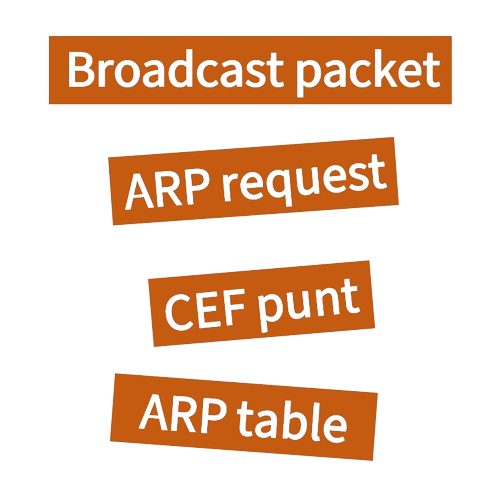OSPF Route Summarization
2022 June 1
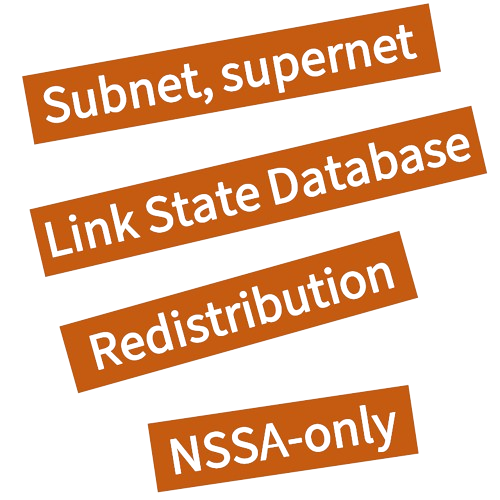

OSPF Route Filtering
2022 May 31
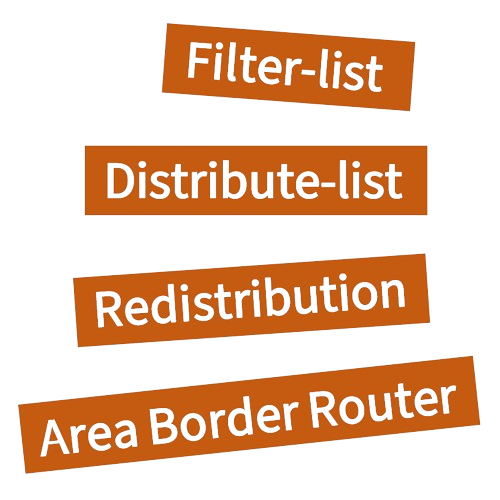

Bidirectional Forwarding Detection
2022 May 25


GETVPN with MPLS L3VPN
2022 May 24
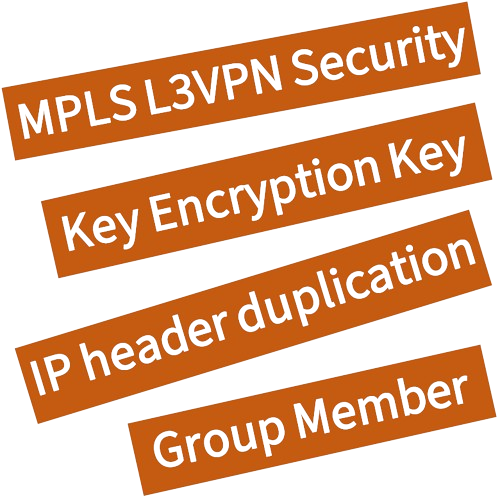

OSPF Authentication
2022 May 23
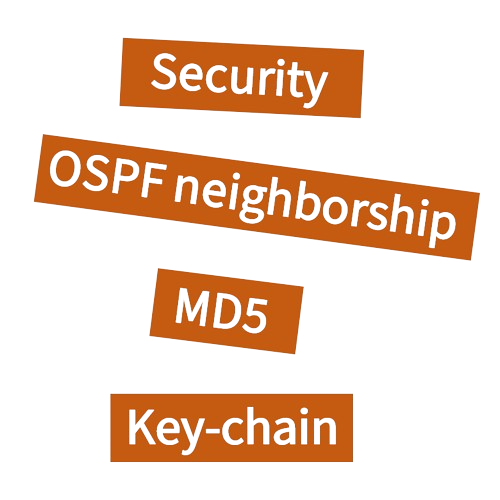

Unicast Reverse Path Forwarding
2022 May 18
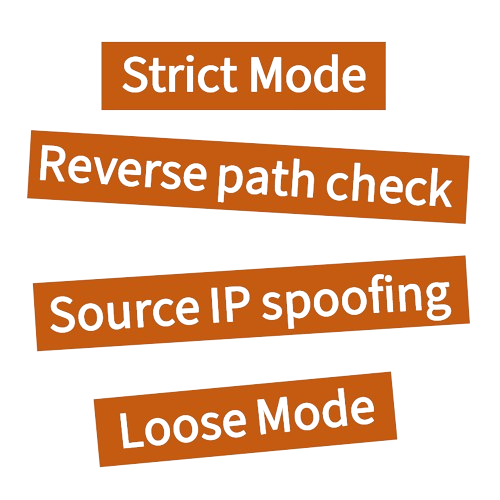

Network Address Translation (NAT)
2022 May 13


Proxy ARP
2022 May 12
